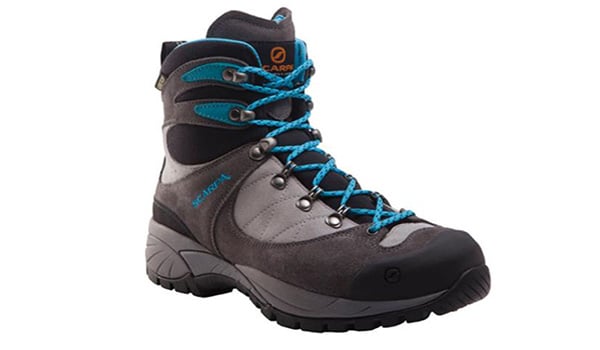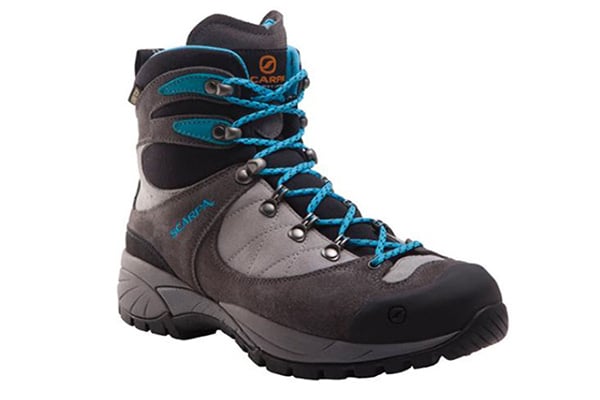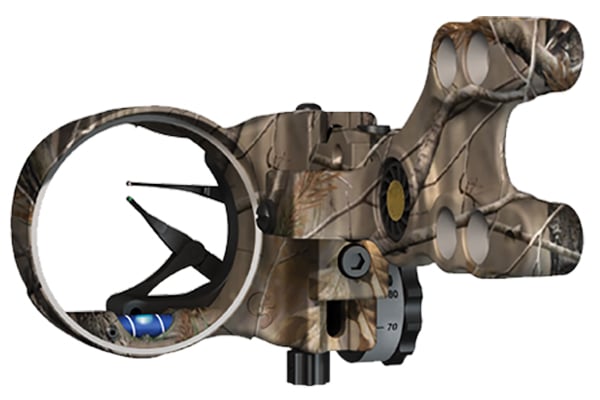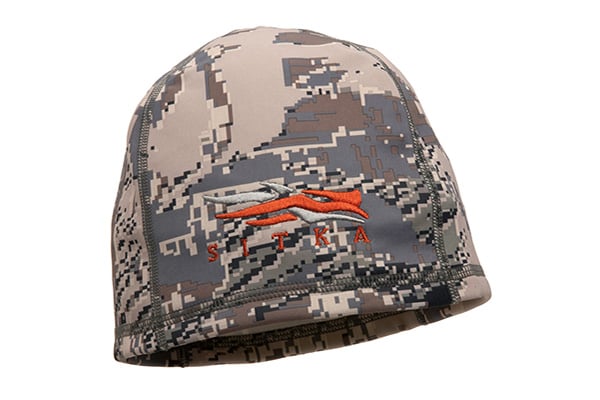Last Updated on
By David Link
Much of Mother Nature’s beauty lies off of paved roads and trails, but you can’t see all that she has to offer without a good pair of hiking shoes or boots. If you want to experience the hidden treasures of the outdoors, then you’ll need to pair the right boot with your hiking aspirations. We profile the four most-popular hiking boot options so you can better decide which type is right for you.
What Are You Going To Use Them For?
As you would expect, day trips require far less-sophisticated boots than say a mountain climbing expedition. But before you buy, it’s always wise to think about why you need a hiking shoe or boot in the first place. Are you going to be just kicking around the campsite and just taking a few 1-3 mile trails? Or are you going to be setting off on a month long backpacking expedition? You may also want a somewhat universal option like a boot that can do both a day hike and a backpacking trip. Once you’ve thought about why you’re buying a pair of boots, let’s move on to the basic types.
Boot Types
First, it’s wise to familiarize yourself with the different types of boots on the market. While models like hiking shoes are fairly self-explanatory, hiking boots and backpacking boots can look very similar to the untrained eye, and you might end up getting a boot that is overkill for your intended purpose. You may see these types categorized differently, but the easiest way is to break them up into four categories of increasing complexity.
On Trail
Hiking Shoes
These shoes come in the form of lighter trail-running shoes as well as low-cut shoes that resemble their hiking boot cousins. Hiking shoes are useful for day hikes and short excursions, and they also serve just fine as backup footwear should you need to take off the sandals that you’re wearing around the river or campsite. Hiking shoes are not advised for multi-day backpacking trips or very strenuous hikes because of the lack of ankle support. Hiking shoes also aren’t very great for situations where you’ll be carrying a lot of weight in your pack. These shoes will be your most affordable outdoor footwear option, and they can also double as an urban shoe for some. One final note, hiking shoes can be a prudent option in hot climates because of their shorter design. You’ll find many hiking shoes on the market also feature mesh construction on the toe to improve air flow, and these can be perfect for those hot summer days. Waterproof or water resistant materials are also very common in hiking shoes, and you’ll usually find some balance between breathable mesh and water resistant construction. Choose the right combination for your intended purpose.

Hiking Boots
Hiking boots are the next step up from hiking shoes, and they are cut higher to provide better ankle support and usually better tread as well. These boots come pretty much ready to wear right out of the box so you don’t have to worry about a break-in period like more advanced boots. Hiking boots will handle a 2-3 day trip no problem but are versatile enough for a day hike. Those who want more versatility in an outdoor boot should choose these over hiking shoes. The added ankle support of a hiking boot means you can tackle steeper inclines and rougher terrain risk less injury, and the tread of hiking boots accommodates heavier loads than that of hiking shoes. While some breathable materials are present in hiking boots, you’ll find waterproof and stouter materials like leather more common vs. the mesh designs of hiking shoes. At some point every outdoorsman or woman will need a good, versatile pair of hiking boots, and they are worth the investment of around $200.

Off Trail
Of course, the best adventures take place off the beaten path, but to travel those areas safely, you need a boot that is a little more advanced. Only serious backpackers or mountain climbers need concern themselves with this type of boot. Note that these boots handle trails just fine as well, and if you’re planning on tackling something like the Appalachian Trail or The John Muir Trail, backpacking boots are a must. Off trail boots like backpacking boots or mountaineering boots will require some break-in time so don’t buy them the day before your trip. You’ll need to set off on a couple shorter hikes before attempting a longer trek in new boots.
Backpacking Boots
Backpacking boots and hiking boots can somewhat resemble each other, and the best way to tell them apart is the wrap that extends above the ankle in backpacking boots. This wrap provides superior support for those demanding 8-10 mile days as well as protects the wearer from wayward debris along the way. Backpacking boots are engineered to provide added support for those carrying heavier packs, and they fare well in harsher conditions like snow and mud caused by significant rain. While you could make a pair of backpacking boots suffice as a day hike option, it’s really better to buy a pair of hiking shoes for that purpose and stick to the backpacking boots for more substantial journeys. Backpacking boots are generally more expensive than hiking boots, but you won’t see a substantial difference in pricing between the two.

Mountaineering Boots
It’s not hard to tell mountaineering boots apart from the other aforementioned boots. Mountaineering boots extend the furthest up far past the ankle, and they appear thicker and heavier than hiking or backpacking boots. These boots are really only for a select few adventurers, and you’ll rarely if ever find anyone taking these boots out for a day hike. Mountaineering boots are specifically designed for environments like glaciers and alpine areas with deeper snow, and they are stiff enough to accommodate crampons. The materials used in mountaineering boots are almost always waterproof and thick so the snow won’t freeze your feet while you travel. Because of their stout design, mountaineering boots can also support the weight of heavier packs. As expected mountaineering boots are expensive, usually $400 – $500 range or more, but if you’re tackling extreme environments, you don’t want cheap boots that’s for sure.

Additional Considerations
Now that you’ve chosen a model to match your typical hiking level, it’s time to mull over some additional considerations. First, you’ll want to try the boot on with the same socks and insoles that you plan to wear on a normal hike. Then you’ll want to check for proper fit.
Sock / Insole Accommodation
You should always factor the socks you’ll typically wear while on a hike into sizing. It wouldn’t be appropriate to decide that a boot fits while trying it on in your dress socks. This will generally be of less concern for casual hiking shoes, but it is very important in more advanced boots like backpacking or mountaineering models. Don’t forget about adding insoles or orthopedic inserts if you wear them. If you don’t, then some version of an over-the-counter insert is wise, especially if you’re planning longer hikes in the future.
Proper Fit
A good boot fit is a balance of things. It should fit somewhat snugly on you, but it shouldn’t cut off circulation or feel extremely tight. When you walk with them up or down inclines, your feet shouldn’t slide noticeably forward or your heels slide backward. This can create unnecessary friction that leads to sore feet or blisters. When you order online, walk around in the boots for a while before you decide they are right. A stroll around the house is perfect because you won’t get them dirty but you’ll be able to measure how they fit. Climbing up and down stairs is always a good way to measure the movement of your feet in the boots as well.
Boot Materials
We touched upon this earlier in the article, but before you buy, be sure to take note of the materials used in the boot. Waterproof or water resistant coatings are always nice for wetter excursions that may involve rain, snow or hikes near water. Materials like Gore-Tex are commonly used to waterproof a boot, and their micro-pore structure allows water vapor to escape from inside the shoe but keeps water beads from entering it. Leather is another alternative for a heavy duty material that resists water, but keep in mind that leather requires significant break-in time before you can hike long distances. Gore-Tex or similar materials are great for colder environments, but when it comes to hikes in hotter climates, you’ll want to opt for a mesh design to create better airflow.
Extra Insulation
One last thing for those considering mountaineering boots. If you’re tackling extreme winter temperatures, you can always add a boot liner for extra protection. Just ensure your mountaineering boots are compatible and you’ll be able to handle those harsh winter temperatures.












